Table of contents
Brown sugar is a general term for types of sugar with a brown or yellow-brown color. This can be raw cane sugar, raw sugar , whole cane sugar , whole sugar or brown sugar. The added health value compared to white sugar is low.
Use in cooking:
Brown sugar varieties are popular. Because of the brown color, you have the feeling that you are consuming a "healthier" sugar. But this is not the case with all of these types.
In the kitchen, brown sugar is particularly popular for making cakes and biscuits made from brown dough and is a substitute for white sugar. In addition, there is the caramel taste of molasses, which these types of sugar often contain. Whole cane sugar is particularly worth mentioning here: it has a very strong taste of its own (caramel, liquorice), which can also significantly change the aroma of the end products. Hazelnut spreads, chocolate, cocoa-containing drink powders or muesli often contain whole cane sugar. All of these types of sugar can be used to sweeten drinks (often cocktails), pastries, desserts, but also savory sauces, raw vegetables and dishes.
Vegan recipe for coconut milk tapioca pudding:
For two people, boil 150 ml coconut milk and 250 ml soy milk with 4 tablespoons brown sugar. Then add 4 tablespoons tapioca balls and 2 tablespoons coconut flakes and let the pudding simmer until the tapioca has thickened. Garnish the dessert with fresh fruit or berries and enjoy cold or warm. You can find the full recipe description HERE .
| Not only vegans or vegetarians should read this: Vegans often eat unhealthily. Avoidable nutritional mistakes . |
Purchasing - where to buy?
What is the difference between brown sugar and brown cane sugar? Let's now look at the distinguishing features:
Cane sugar is made from sugar cane ( Saccharum officinarum ), and there are two different processing methods. Is raw cane sugar refined? and: Is brown sugar colored? Raw cane sugar is partially refined cane sugar, colored with sugar cane syrup (formerly known as Demerara sugar or Golden Brown). The molasses it contains (2-3%) sticks to the sugar crystals and gives them their brown color and a slightly caramel-like taste. Whole cane sugar (muscovade) is uncleaned and unrefined brown cane sugar. The juice of the sugar cane is filtered and boiled down to form a syrup. Once dried, it is ground into a coarse powder (no crystals). This unrefined type of sugar is processed very little by machine and contains around 5% molasses. Raw and whole cane sugar can be found very often in organic or health food stores, where it is usually available "fair trade".
Whole sugar (whole beet sugar) is unrefined sugar from sugar beet ( Beta vulgaris ). The beet ingredients are largely retained. 1 The purified, completely thickened and dried sugar juice also contains the molasses. Since full sugar is native to many Western European countries, this variant may be preferred. Full sugar is available in all well-known supermarket chains such as Coop , Migros , Denner , Volg , Spar , Aldi , Lidl , Rewe , Edeka , Hofer etc. In organic quality, it is available in organic supermarkets such as Denns or Alnatura as well as in drugstores, health food stores, organic shops or you can order it online.
The term brown sugar is not uniform. Brown sugar is often equated with whole sugar or raw sugar without making any distinction. How is brown sugar made? There are various manufacturing processes: Brown sugar can be unrefined beet or cane sugar, which is brown because the syrup residue has not been removed. Or it is pure, white, crystallized sugar from sugar beet, which is subsequently colored with syrup (caramelized sugar syrup or sugar cane syrup). 1 It contains a little more water than refined white sugar. You can buy brown sugar in almost every supermarket.
There is no definition of these types of sugar under food law. The only forms that are legally defined are the processed forms of sucrose (refined sugar, gelling sugar, etc.). 2
Storage:
Sugar should be stored in a dry, dark place in its packaging. It will then last for many years. Normally, sugar is too concentrated for microorganisms, but brown sugar offers ideal conditions for mold and other microorganisms due to its higher water content. Brown sugar must therefore be stored in a very dry place.
There are also animals like ants or cockroaches that gnaw through paper sugar packages.
Ingredients - nutritional value - calories:
Minerals, vitamins and flavourings are removed from clarified products using a lime-carbonic acid cleaning process. 3 The mineral and vitamin content is highest in unclarified whole cane sugar. However, since you don't consume kilogram quantities, the vitamin and mineral intake is negligible . Small amounts of calcium , potassium , iron , copper , manganese , magnesium and selenium are found (between 2 and 10% of the daily requirement in 100g of sugar). Pyridoxine (vitamin B 6 ) and pantothenic acid (B 5 ) are also included. 4
Isolated sugar is generally considered an unhealthy food that should be consumed in moderation. The term “superfood” is also more than inappropriate for brown sugar or whole cane sugar.
Detailed information on the ingredients of brown sugar can be found in the nutritional tables at the bottom after the text.
Health aspects - effects:
Is brown cane sugar healthier than white sugar? Brown sugar is not really healthier than white, refined sugar. The minerals and vitamins it contains contribute practically nothing to our nutritional supply. It is a matter of taste which type of sugar you prefer. Both types have the same number of calories, attack your teeth and cause your blood sugar level to rise.
Dangers - intolerances - side effects:
It is important to be aware that excessive consumption of readily available sugar (e.g. pasta) is a known risk factor for the development of resistance to sugar absorption. 5 This promotes metabolic disorders such as type 2 diabetes mellitus or cardiovascular diseases. Therefore, in addition to physical activity, a balanced diet that is as close to nature as possible is considered to be one of the most important and, above all, most effective preventive measures. 6
Although sugar is an important source of energy in its natural form, it is often used in industry to increase the sales of ready-made products. Together with salt and fat, the sugar ratio plays a key role in reaching the "bliss point" that really seduces consumers. More information can be found in the book review "Salt Sugar Fat" by Michael Moss. A satirical video on the subject of sugar as a trendy drug from the television station NDR pokes fun at the machinations of the sugar industry, even if the content is very questionable. Another video shows a self-experiment by the Galileo team on the effect of two weeks of abstaining from sugar compared to consuming 250 grams of industrial sugar every day.
Interestingly, we now know that even the nutrition of parents before the conception and birth of children leaves its mark through epigenetic influences. This means that we are not only directly responsible for ourselves, but also inadvertently influence certain behaviors of future generations through our own diet. You can find more information in the article by Professor Gottfried Schatz or the even more detailed article on epigenetics . Here you can also find information on preventing diabetes 2 .
Folk medicine - natural medicine:
In India, whole cane sugar is also used as a medicine. The sugar cane juice is boiled on an open fire (molasses, black molasses). 7,8
Occurrence - Origin:
Sugar is produced from sugar cane and/or sugar beet. Sugar cane is grown in subtropical and tropical regions and sugar beet in temperate latitudes, e.g. in Central Europe. Transgenic sugar beet is also permitted in the USA. Sugar beet has only been known since 1801 as a breed from sugar beet - and this in turn has been known from the common beet since 1750. On the other hand, people have been growing sugar cane in Melanesia and Polynesia for around 10,000 years. Two thousand years later, also in India and Persia. 9
Cultivation - Harvest:
Sugar cane ( Saccharum officinarum ) is a reed-like plant from the grass family that reaches a height of 5-9 m and an age of up to 20 years. Unlike most cultivated plants, the flower or fruit is not economically important, but the stem. This contains the sugar juice and can have a diameter of up to 7 cm. The simplest method is propagation via cuttings. You take stems of the cane, preferably with two to four nodes, and plant them in the soil, which then has to be hilled up. 5 The plant needs a lot of water, but must not stand in it due to the risk of rot. The cane is ready for the first cut around 9 to 24 months after planting, depending on the sugar content and degree of ripeness. The stalks are cut off directly above the ground. This can be done by hand or with sugar cane harvesting machines. These stumps sprout again and after a further 12 months the second harvest takes place. Depending on the region, the same field is harvested up to eight times. Sugar cane is usually pressed hot to produce sugar juice. This is then processed into cane sugar through crystallization and refining. The sugar content in the sugar cane pulp is 10-20%.
Sugar beet ( Beta vulgaris subsp. vulgaris , Altissima Group) is grown as early as possible in March or April on deep, nutrient-rich clay or loess soils. As they are not self-compatible and are very susceptible to nematodes, a well thought-out crop rotation is required. Harvesting begins in September and can continue until December, by which time the sugar content of the beet has increased considerably. After harvesting, the beets are cleaned and chopped. They are mixed with hot water in extraction towers. This creates raw juice. This contains the dissolved sugar. Milk of lime, which binds non-sugar substances, clarifies the juice. This light yellow thin juice contains approx. 16% sucrose. As the water evaporates, the sugar content increases to up to 75% and the juice becomes increasingly viscous and thick (thick juice). The remaining water evaporates under negative pressure without the sugar caramelizing. Added seed crystals start the crystallization until the desired crystal size is achieved. To produce white sugar, centrifugation is carried out at this point. This separates the molasses and crystals, which then dissolve in water and crystallize. 10
General information:
For ecological reasons, organic beet sugar is preferable to organic fair trade cane sugar, especially in temperate zones. It is not just the transport costs and the associated environmental impact that speak in favor of beet sugar. The sugar yield is also better: According to Wikipedia , around 6.6 t of beets or 11.4 t of sugar cane are needed for one ton of sugar. 11
Rock candy or farin is often called "brown sugar". This sugar is made from a highly pure sugar solution that forms small, uniform crystals and is then covered with brown caramel syrup.
Brown rock candy is coarse rock candy crystals that are created from caramelized sugar solution using a special crystallization process. Here, the crystals grow freely floating.
Alternative names:
Alternative names for brown sugar are raw cane sugar, whole cane sugar, raw sugar, brown cane sugar, whole sugar or brown sugar.
The "names in English" are brown sugar, demerara sugar, soft brown sugar, raw sugar, raw cane sugar, unrefined sugar, crude sugar, cassonade, unrefined cane sugar or whole cane sugar
Literature - Sources:
Bibliography - 11 Sources
| 1. | BMGFJ Bundesministerium für Arbeit, Soziales, Gesundheit und Konsumentenschutz. Österreichisches Lebensmittelbuch. Codexkapitel B22 Zucker und Zuckerarten 2006. |
| 2. | UGB Verein für Unabhängige Gesundheitsberatung. Unterschied "alternative" Zuckerarten. 2007. |
| 3. | Zeitschrift Öko-Test 11/90, S. 34–37, ÖKO-TEST Verlag GmbH, Frankfurt am Main. |
| 4. | USDA United States Department for Agriculture. |
| 5. | Macdonald IA. A review of recent evidence relating to sugars, "i-resistance" and diabetes. Eur J Nutr. 2016; 55(Suppl 2): 17–23. |
| 6. | Shi BY. The importance and strategy of diabetes prevention. Chronic Dis Transl Med. 2016 Dec; 2(4): 204–207. |
| 7. | Karthikeyan, J, Samipillai S. Sugarcane in therapeutics. Journal of Herbal Medicine and Toxicology. 2010;4(1):9-14. |
| 8. | Von Lippmann EO. Geschichte des Zuckers, seiner Darstellung und Verwendung, seit den ältesten Zeiten bis zum Beginne der Rübenzuckerfabrikation: ein Beitrag zur Kulturgeschichte. Leipzig: Hesse. 1890. |
| 9. | Brücher H. Tropische Nutzpflanzen. Ursprung, Evolution und Domestikation. Berlin: Springer Verlag. 1977. |
| 10. | Nordzucker.com Zuckerherstellung - Schritt für Schritt. 2018. |
| 11. | Wikipedia Rohrzucker. |

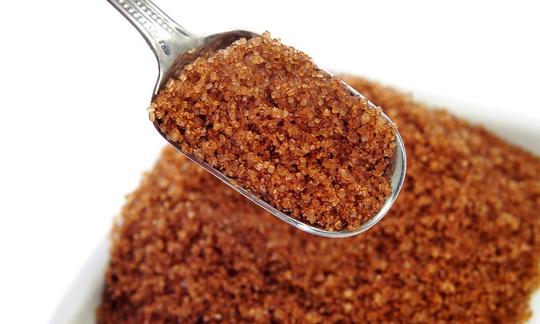


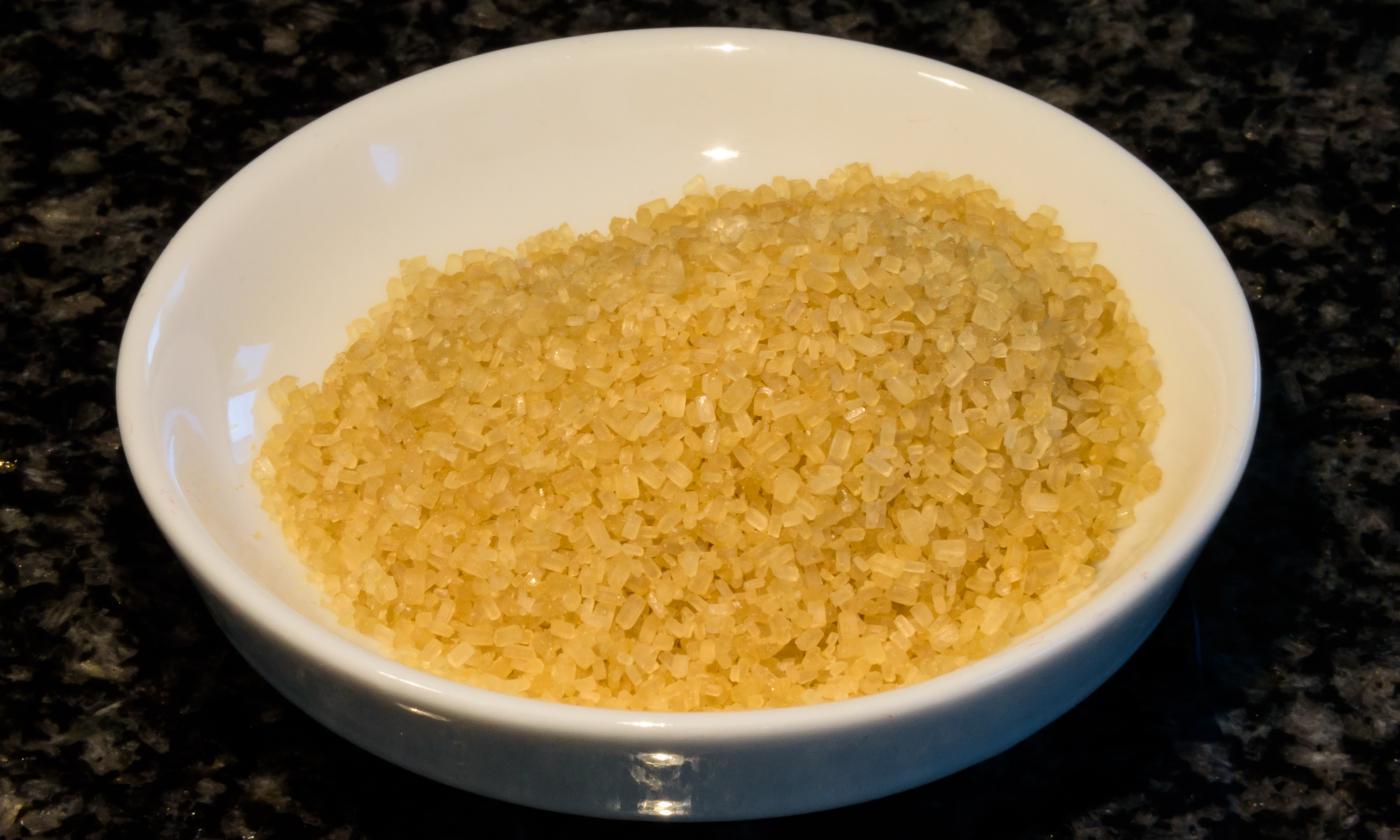
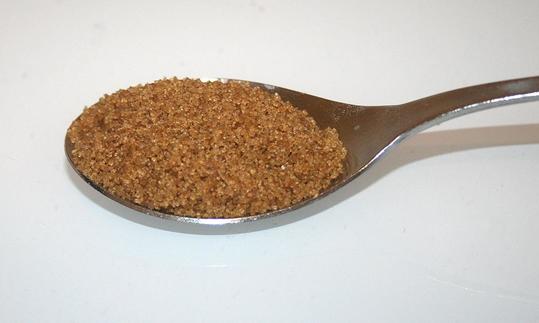

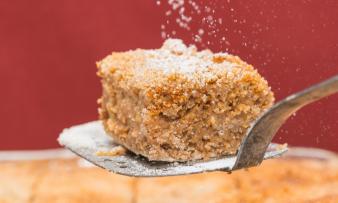
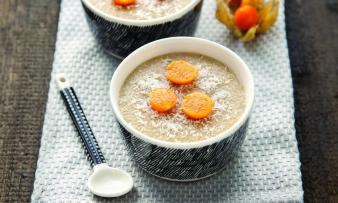
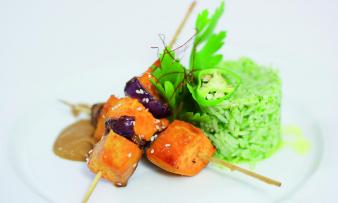





Comments